Homemade British Bangers Sausage
October 09, 2014 | Updated June 06, 2022
As an Amazon Associate I earn from qualifying purchases.
English bangers sausage is an easy to make, mild sausage that is most famously served with mashed potatoes — the famous “bangers and mash.” Here’s how to make bangers sausage at home.
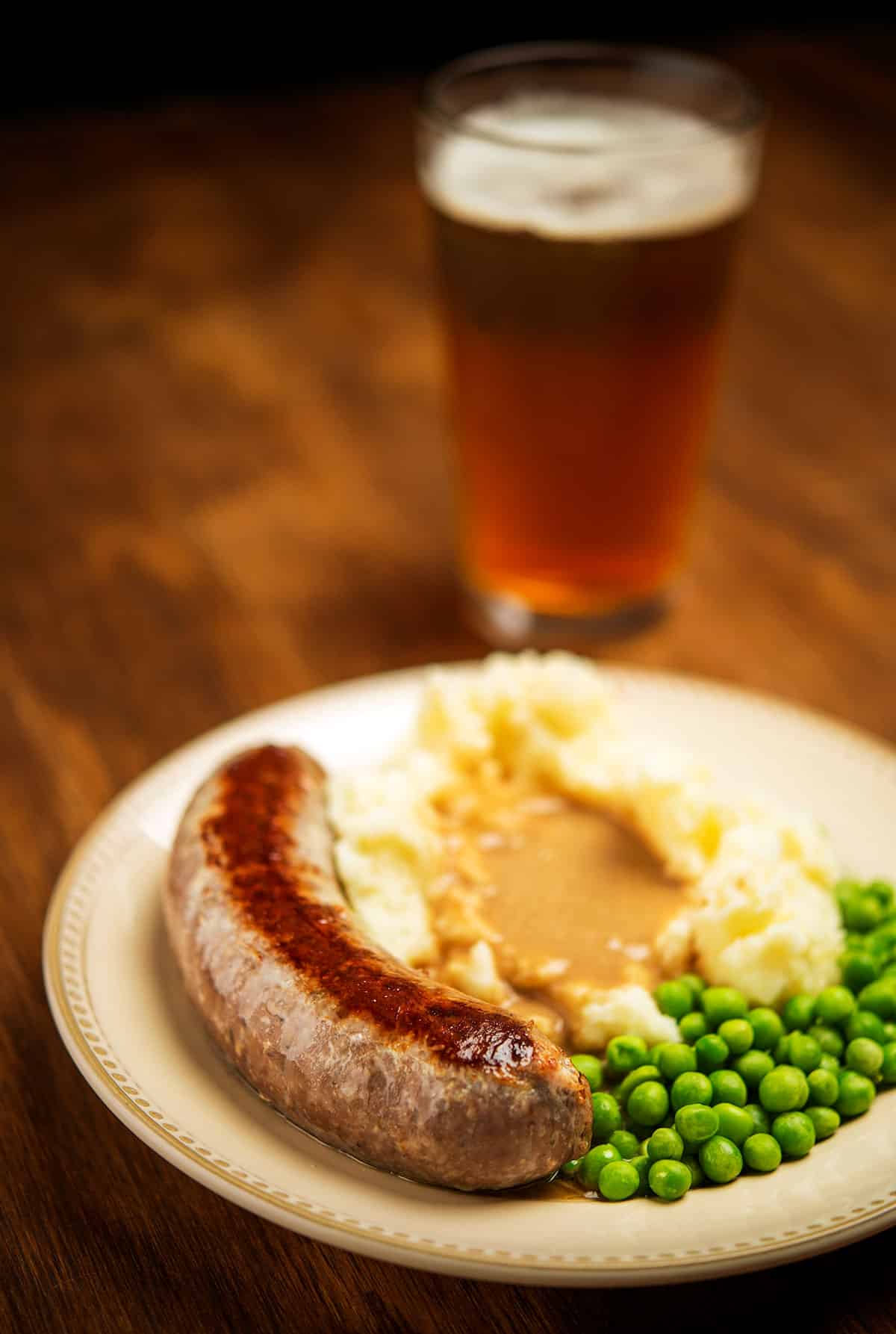
I can’t remember the first time I had bangers and mash, but if I had to guess it would be at Lily Flanagan’s, an Irish pub in Islip on Long Island, back in the early 1990s. I just remember it as generic “sausage,” with nice mashed potatoes and peas.
Later, in 1995 on a 36-hour layover in London, I had real deal bangers sausage. Still pretty generic, but definitely better: It was a softish link, with warm spices and an interesting bind that made it comforting to eat.
I later learned that the unusual mouthfeel of bangers sausage is caused by the inclusion of some sort of grain product in the link, whether crushed rusks, oats, barley or breadcrumbs. I’ve heard various theories on why British charcuterie does this — virtually no other sausage-making nation does, with the exception of the famous Scandinavian potato sausage — ranging from scarcity during the World Wars to, well, it just tastes good. I used to think it was some sort of scandalous cheapening of a good sausage, but I’ve come around recently.
The addition of a grain in the mix can and does add something positive. Texture, sure, but also flavor. I am partial to barley or oats coarsely ground in a coffee grinder.
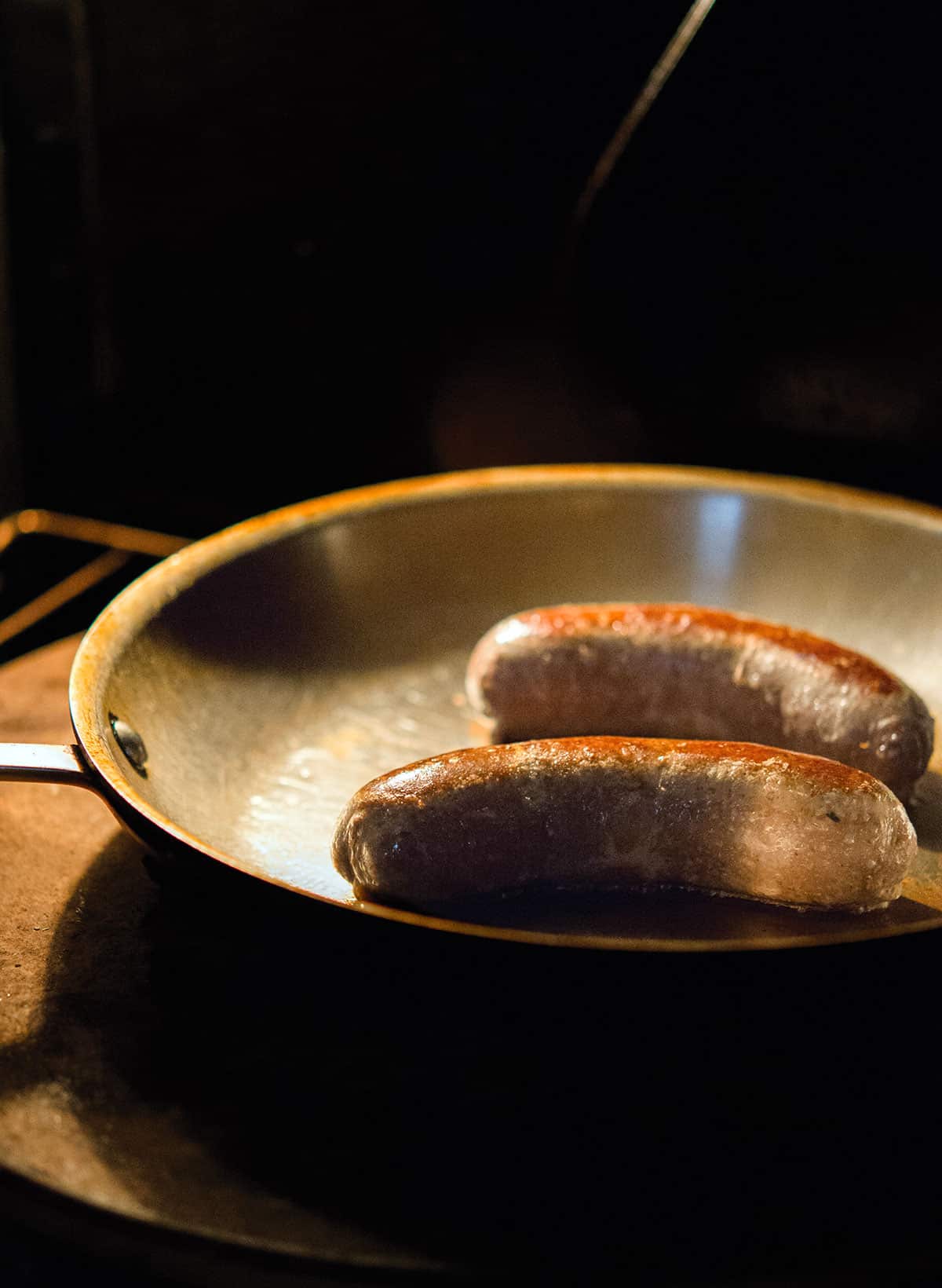
Now before you Brits cross the Atlantic on some fool’s errand again (lest we forget 1776 and 1812) know that I am well aware that there is no One True Banger, just as there is no one recipe for Italian sausage or Polish kielbasa. (Although if I had to give the title of One True Banger it’d probably go to Mick Jagger…)
My version of bangers sausage is derived from recipe for a Gloucester-style sausage I found in the books Manual of a Traditional Bacon Curer and British Charcuterie. Both are worth your time, with Manual as the more comprehensive.
Some bangers recipes are all pork, some are pork and beef. I used blacktail deer and pork. This particular deer had grown fat from eating black oak acorns, so I added some to the sausage mix. Deer fat, by the way, can be awfully good in moderation. (More on that here.)
For the grain element, I used oats ground into a meal. Traditionally, you’d use “rusk,” which are dry biscuits or bread baked hard. Regular breadcrumbs work fine. I also use a little porcini powder, which is not traditional, but it tastes really good.
I used beer instead of ice water to help the sausage bind. I went with an English mild beer, which is very malty and low in alcohol. Any malty beer will work, or use ice water.
Everything went well. The bind of the bangers sausage was perfect — tight, almost emulsified — and had that snap when you bite into them. The filling was moist, meaty, venison-y and laced with all those warm spices. A damn good banger, if I do say so.
New to making sausage? You can find my detailed tutorial on how to make sausages at home here.
Looking for something to serve bangers with? I like colcannon, maybe a side of pickled walnuts, and a parsley sauce on the side.
British Bangers Sausages
Ingredients
- 4 pounds venison, pork or other meat cut into chunks
- Either 1 pound pork fat (or 1/2 pound pork fat and 1/2 pound venison fat), cut into chunks
- 36 grams kosher salt, about 2 tablespoons plus a teaspoon
- 2 teaspoons dried thyme
- 2 teaspoons white pepper
- 1 teaspoon minced sage
- 1 teaspoon porcini powder (optional)
- 1 teaspoon onion powder
- 1/2 teaspoon mace
- 1/2 teaspoon nutmeg
- 1 cup coarsely ground oats, barley, or, alternately breadcrumbs
- 3/4 cup malty beer
- Hog casings
Instructions
- Get out about 15 to 20 feet of hog casings and soak them in warm water. If you don't trust your source, run water through them to check for punctures or weak spots.
- Make sure all your equipment is cold, as in freeze the grinding plate and blades, and the bowl you will put the meat into for 30 minutes to an hour. Do the same for the meat and fat. When everything's nice and cold, mix the meat and fat with all the spices (leave out the oats and beer for the moment).
- Grind it all through a coarse plate; I use a 10 mm plate. Test the temperature of the mixture, and if it's 35°F or colder, go ahead and grind it all again through a fine die, like a 4.5 mm or somesuch. If it's warmer than 35°F, put the mix back in the freezer to chill. This might take an hour or so if you've let the meat warm up too much.
- Once the sausage has been ground twice, test the temperature again to make sure it's 35°F or colder. I prefer to chill the mix down to 28°F to 32°F for this next stage. Chill the mix and when it's cold enough, take it out and add the oats and beer. Now, mix and knead this all up in a big bin or bowl with your (very clean) hands for a solid 2 minutes -- your hands will ache with cold, which is good. You want everything to almost emulsify.
- Stuff the sausage into hog casings rather loosely. I like bangers to be about 6 to 8 inches long, but it's your choice. To twist them into links, tie off one end of the coil you just made. Pinch off links with your two hands and roll the link between them forward a couple times. Move down the coil and repeat, only this time roll backwards a few times. Repeat until you do the whole coil. (This video shows how I do it.) Now look at the links, which will probably have air pockets in them. Use a sterile needle or sausage pricker (set it aglow in your stovetop flame) to puncture the casing over all the air pockets. Gently compress the links together to squeeze out the air pockets and rotate the links a bit more to tighten; this takes practice.
- Hang your links for at least 1 hour if your room is warm, and up to overnight if you can hang them in a place that's 40°F or cooler. Don't let them freeze yet. If you are not hanging overnight, let the sausages continue to dry uncovered in the fridge overnight before you seal them up and freeze. Bangers will keep a week in the fridge and a year in the freezer, if you've vacuum sealed them.
Notes
Nutrition
Nutrition information is automatically calculated, so should only be used as an approximation.

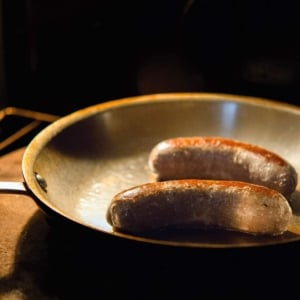
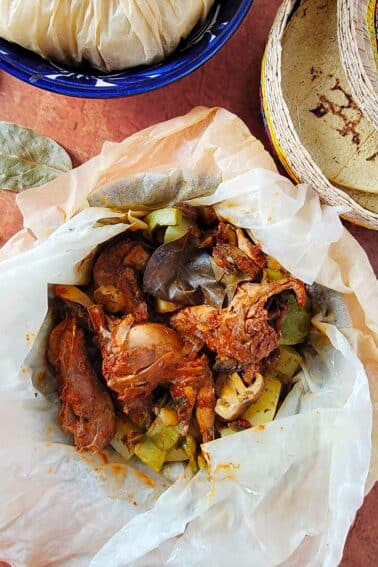
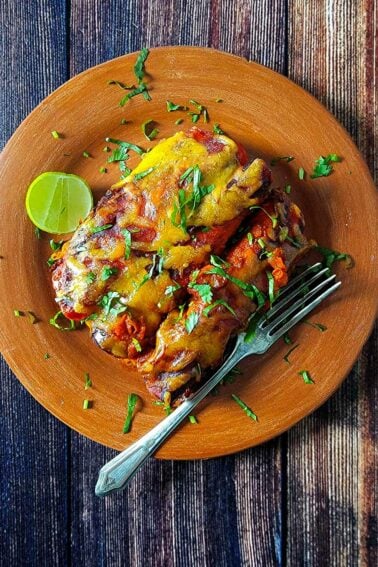
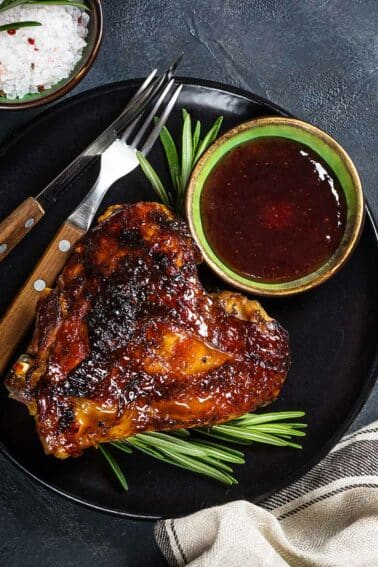
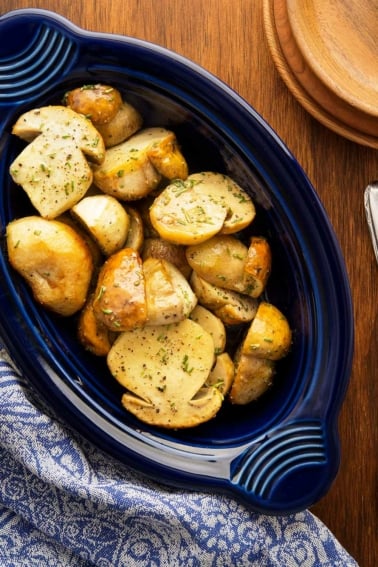
Hi you say that British sausages get their texture from grain products but that’s not correct they get it because they use Pinhead Rusk instead of breadcrumbs, but to be fair pinhead rusk does look like grain. I will paste in a description of what it is from a suppliers website.
Yeastless Rusk is simply unleavened bread that has been baked and dried before being ground into a fine crumb. You can also use regular breadcrumbs but using Rusk gives a good and consistent texture to the sausage, it also retains the moisture within the sausage better than breadcrumbs giving you a more succulent sausage, and finally because it is yeastless it gives the sausage a longer shelf-life.
John: What I mean by grain products include breadcrumbs, oatmeal, etc. Pinhead rusk counts in my definition. But I do thank you for the detail on an exact product. Interesting that it’s breadcrumbs from unleavened bread…
hi. great recipe. but on the subect of other grain sausage traditionals: blood sausage, kishka, which is heavy on barley.
Thank you so much for the clarification. We have a fridge full of promising bangers for Saint Patrick’s Day.
I don’t get it…You go to all that trouble to make sure your meat etc. is 28 degrees or so and then after you stuff your sausage you hang it at room temp. I live in Southern California. It was 94 degrees today. Isn’t that dangerous?
Kristine: No. First, presumably your house is not 94 degrees, it’s closer to 75. Second, The cold is partially for food safety, but it’s mostly to ensure a proper bind and mixing of the meat and fat. Once the sausages are made, there is enough salt in the links to handle being left out even in a warm room for an hour or two. When I make sausages in summer (I’m in NorCal), I will hang at room temp 1 hour, then move to the fridge to continue drying.
Exactly like that. I guess that would make it something like chili in a tube or a burrito filling sausage?
While eating some chili today, I was struck by a thought – these bangers have ground oats or barley, Haggis has oatmeal, and Boudin has rice – but are there any sausages that contain beans?
More to the point, would a sausage with pork, mashed beans, and chili spices work?
Chanman: It might. Like refried beans? Never tried it.
Michelle in VA: If you have a whole foods near you they will sell you packages of the homepack hog casings. Pretty cheap, 5 bucks for 50 ft.
Just made a ten lb. batch of these and they came out great. Good flavor and they hold their moisture well when cooked. Awesome recipe!
Looks divine! I love bangers! Got antelope and local pork fat in the freezer. Thanks for posting sausage recipes lately!
So where might you suggest I look for hog or sheep casings? I want SNAP. Pretty sure I haven’t seen them at Harris Teeter 🙂 Standalone butcher shop? Mail order?
Michelle in VA: Any supermarket that makes their own sausage will sell you some. Any butcher shop will have them, too. Or you can buy them online here.
Hi Hank, love your work! As far as grain in sausages, I have recently been introduced to creole Boudin, which has rice in the sausage. (The French version apparently has bread or panade). I may have to do more with what I used to consider “filler” ingredients…thanks for sharing this!
Hugh Fearlesslyeatsitall’s Meat book has a chapter that includes many british charcuterie recipes like potted hough, faggots and raised pork pie, and he has a discussion of sausage making in one of his earlier books.
Elizabeth David also has a few papges on English charcuterie in her ‘Spices, Salt and Aromatics in the English Kitchen.’
There’s also a new book, Curing & Smoking: River Cottage Handbook No.13, but I haven’t read it yet.
paul peacock’s sausage book has some British sausage recipes. It a bit basic but has recipes for Gloucestershire, Leicestershire, Somerset etc. Not sure if it’s available in the states. Try making a large Yorkshire pudding fill it with mash and a coil of Cumberland sausage, and top with gravy. Good cold wet Sunday food.
Tell me about the ceramic stone in the oven? Do you use it for better conduction when you pull the pan from the stove?
Yep. It makes the oven hold heat more evenly and you can also cook breads right on it.
Good to see an American appreciating the concept of a great British sausage, although typically the ‘best of the best’ British sausages are between 85%-97% meat and usually either pork or beef.
The best pork for sausage is indeed Gloucester old spot, originating in Gloucestershire, England, incidentally where I am from! 🙂
Also, you should look up ‘Cumberland Sausage’. If you love a good banger then you have to have a go at these babies!
Will do! And my sausage is probably about 90 percent meat by weight.
Just for info it’s a banger or a sausage, never banger sausage. That’s like saying automobile car or helicopter chopper. No British sausage ever had porcini in it. No banger (ie just an ordinary day to day sausage) has venison in it. That’s a venison sausage, a real speciality. Onion powder seldom if ever features in British sausage. Rusk or breadcrumb is the universal standard for filler, oats etc can be used but not usual except in Ireland and Scotland. Fat content is 20% absolute minimum. As you correctly said filler is vital for texture else you get a hard unyielding rubbery texture. It also absorbs meat juices and fat during cooking adding to flavour which is why you should never pierce a banger during cooking. The word banger probably originated during WW1 when too much rusk was used to bulk the sausage out saving on meat. This expanded during cooking and the casings tended to burst but I never heard of one going bang. If your sausages burst you’ve either overdone the filler or more likely just cooked them too fast. Slow and steady is the way.
There are many varieties of British sausage, well worth exploring. Cumberland is coarse textured and strongly herby, coiled and never in links, London and S England sausages tend to be less herby and more spicy (nutmeg mace and especially ginger)
Interesting website. Thanks.
I fell in love with bangers at the Big Bang in Oxford a half dozen years ago (which I just found out coincidentally went out of business this summer).
I have some caribou in the freezer with “Banger” written all over it. Thanks for the recipe Hank!
At least once per week I have sausages made from Gloucester Old Spot pork, a traditional fat breed, with apple and cider included in the mix. Bliss!
This takes me to my Happy Place!
Brit sausages remind me of tubular meatloaf with a very fine grind.
Hank, I have some lovely venison in my freezer, but no fat. I do, however, have both unrendered and rendered lard. Should I use the unrendered pork fat for this?
Absolutely. Use the unrendered pork fat.